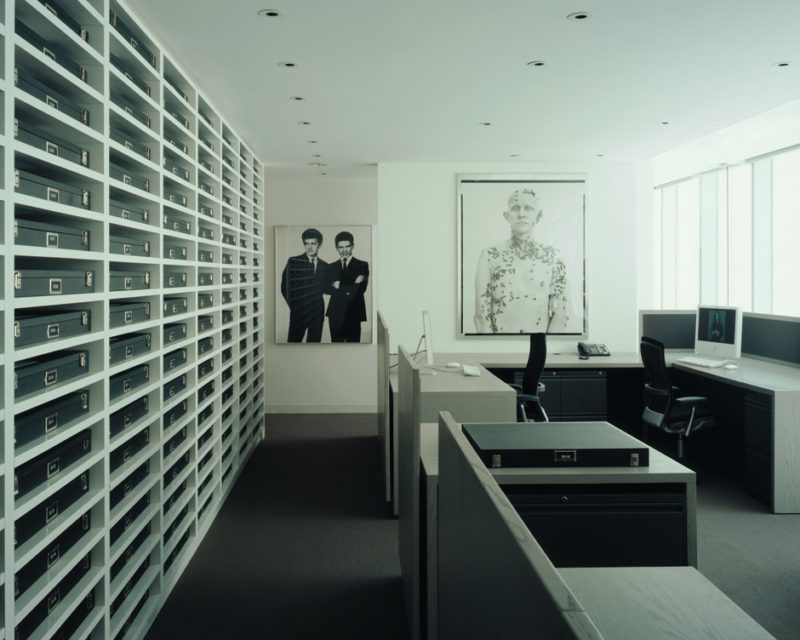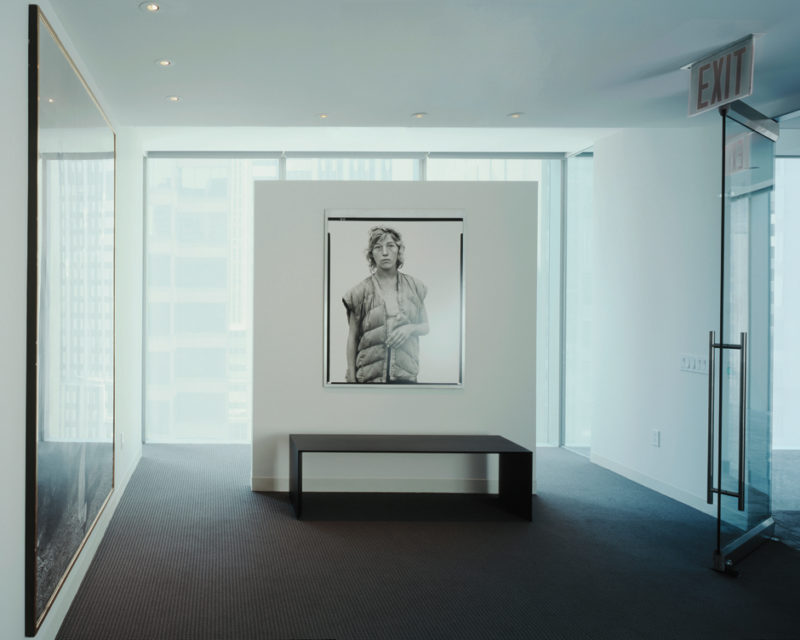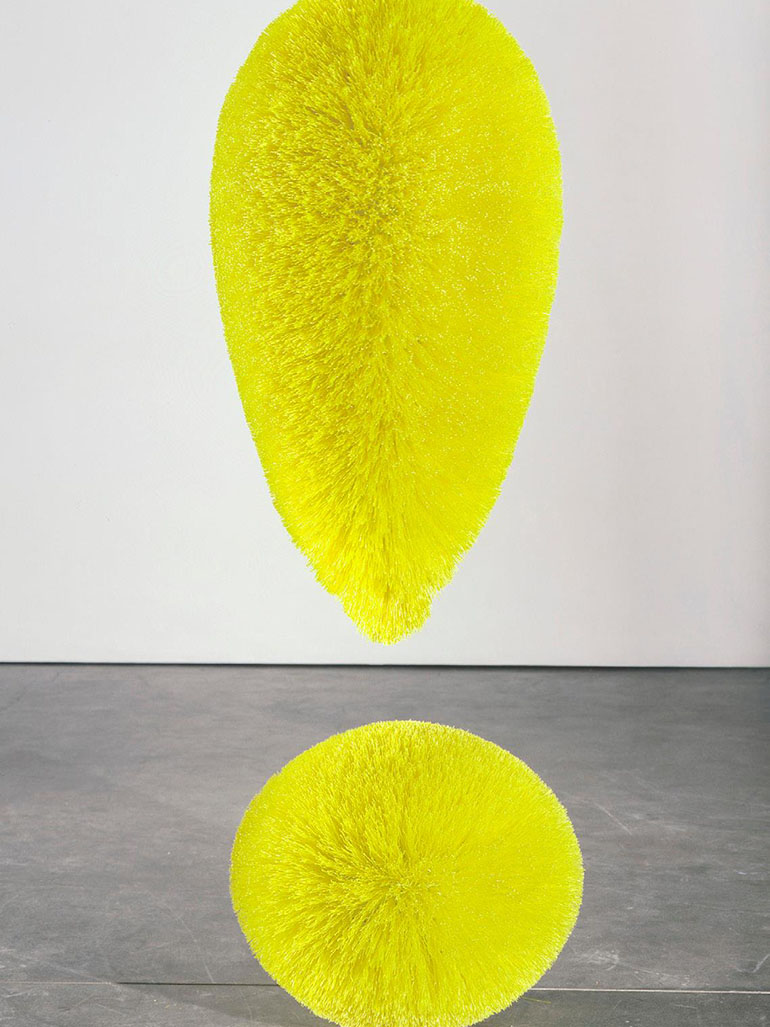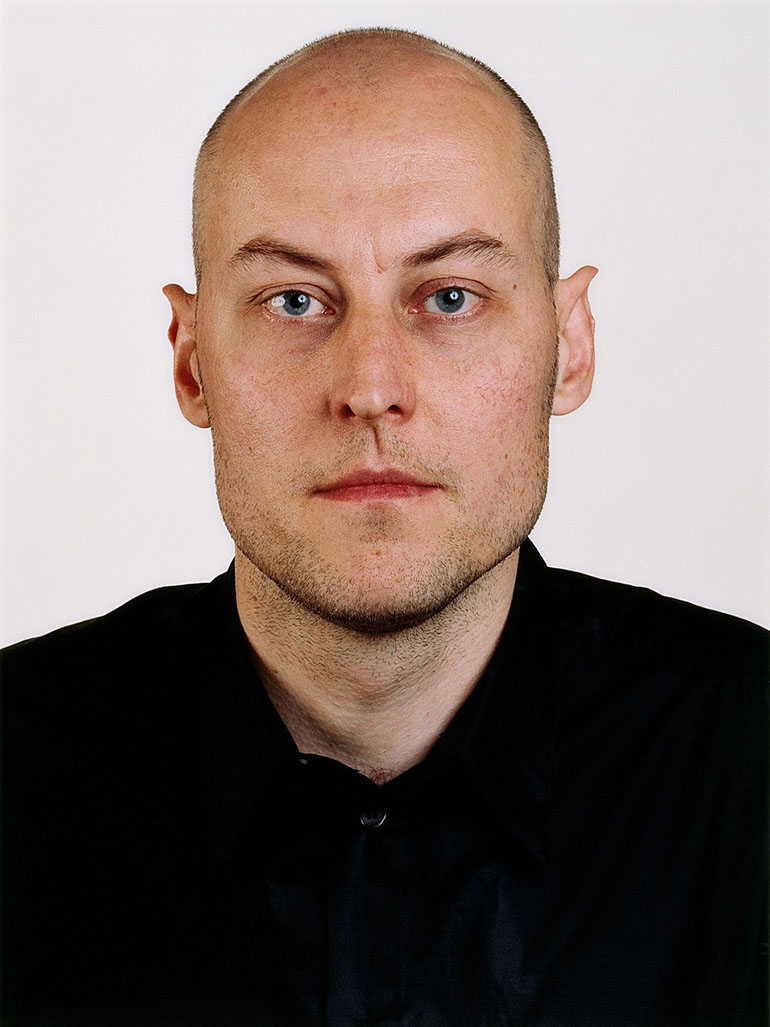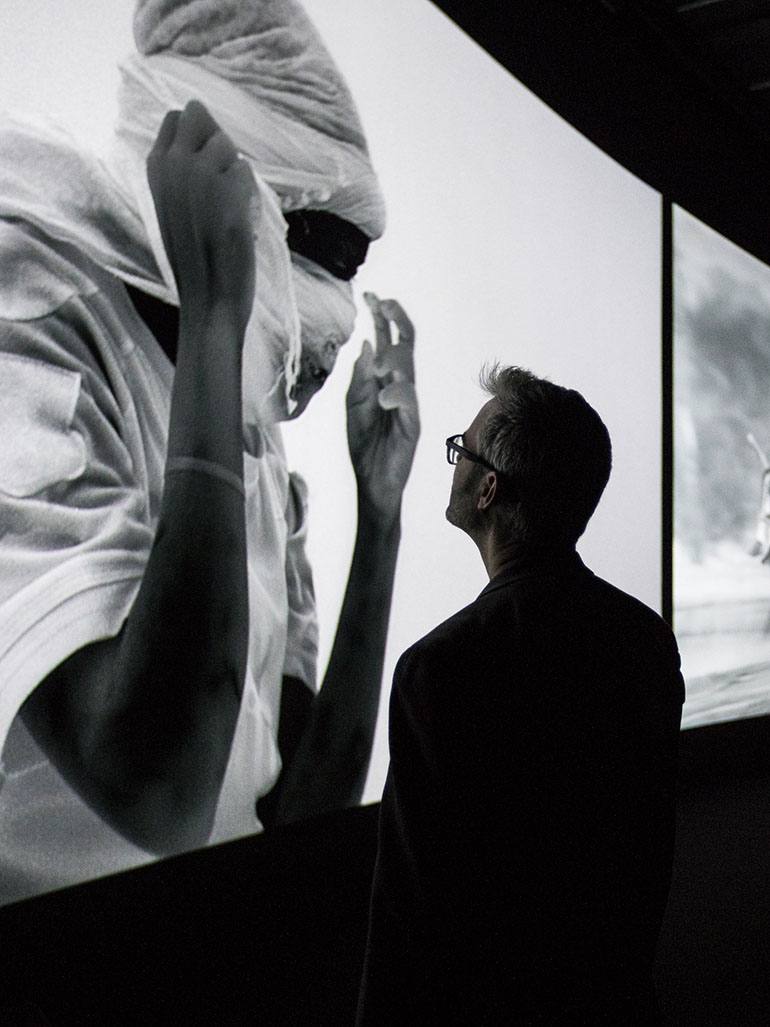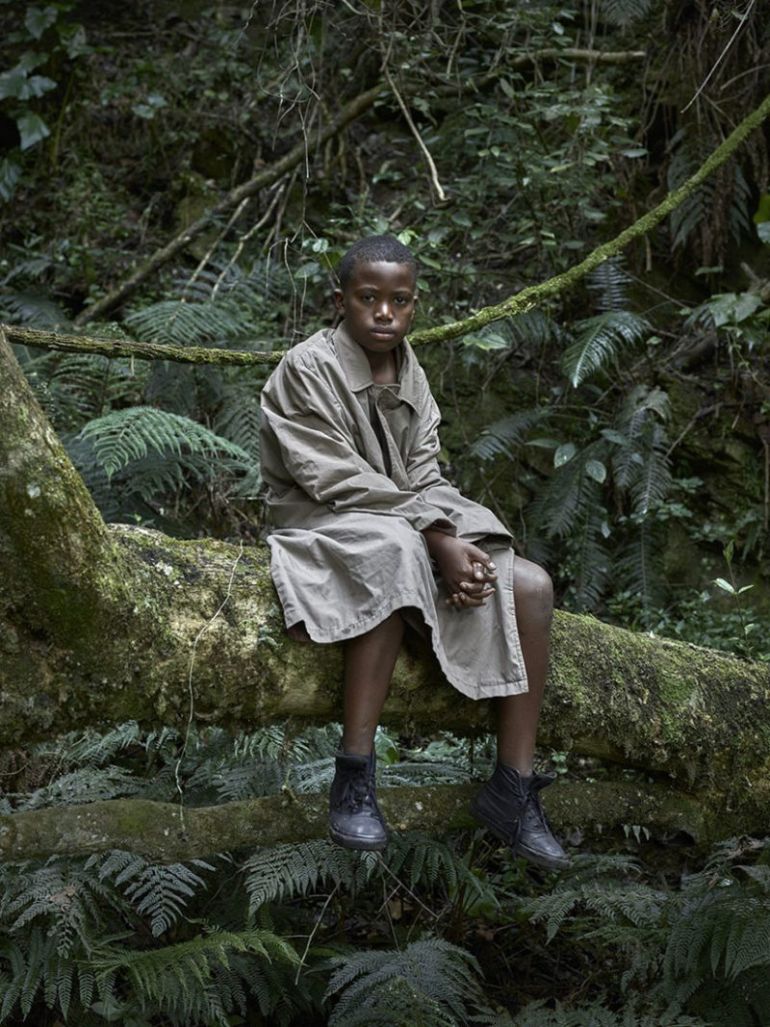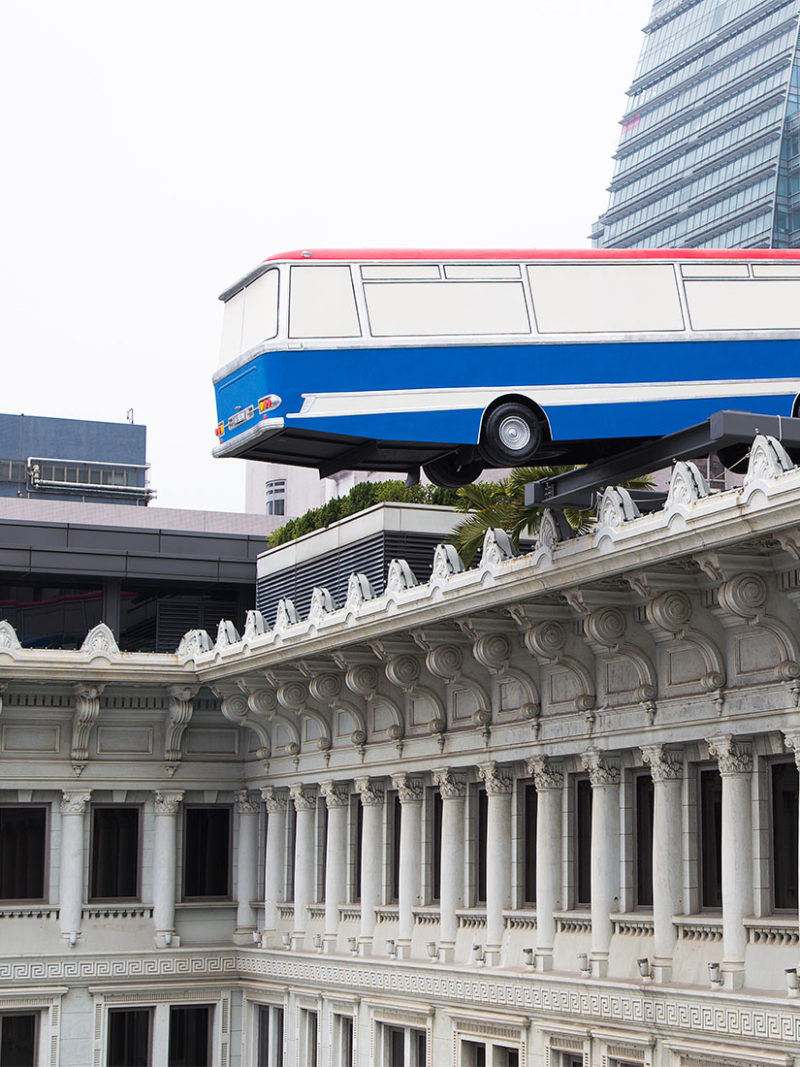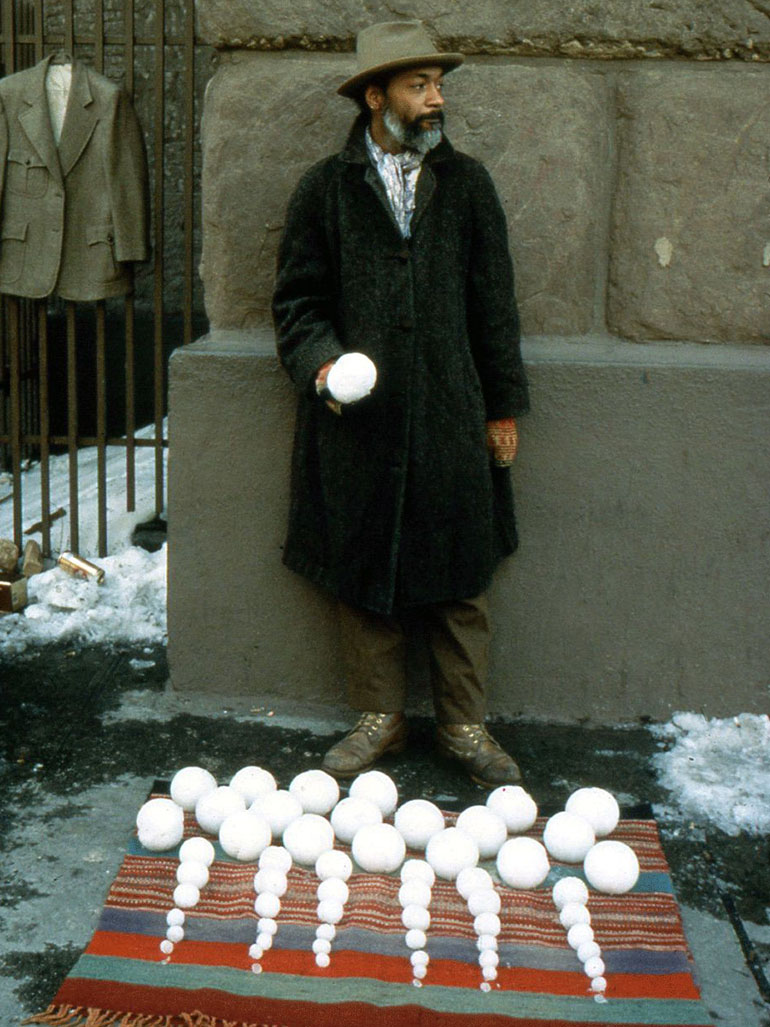
Who was Richard Avedon?
Richard Avedon 1 was an American fashion and portrait photographer born on May 15, 1923. According to an obituary published in the New York Times 23, “his fashion and portrait photographs helped define America’s image of style, beauty, and culture for the last half-century.”
Richard Avedon was passionate about theater from his early age. He attended the same play over and over again, seeking new understanding, variant shades of characterization, as well as to change his perception.
Early career & Working with Harper’s Bazaar & Vogue
He started working as an advertising photographer in 1944 for a department store but shortly after endorsed by Alexey Brodovitch, the art director for the famous Harper’s Bazaar.
Avedon’s career at Harper’s was also later promoted by Lillian Bassman, a renowned painter and photographer. Richard Avedon’s photographs began to feature in the Junior Bazaar and, subsequently, in Harper’s Bazaar.
He set up his working studio in 1946 and began creating images for magazines such as Life and Vogue. Shortly after, he became the chief photographer for Harper’s Bazaar. He contributed photographs to Look, Life, and Graphis, and in 1952, he was appointed the Staff Editor and photographer for Theater Arts Magazine.
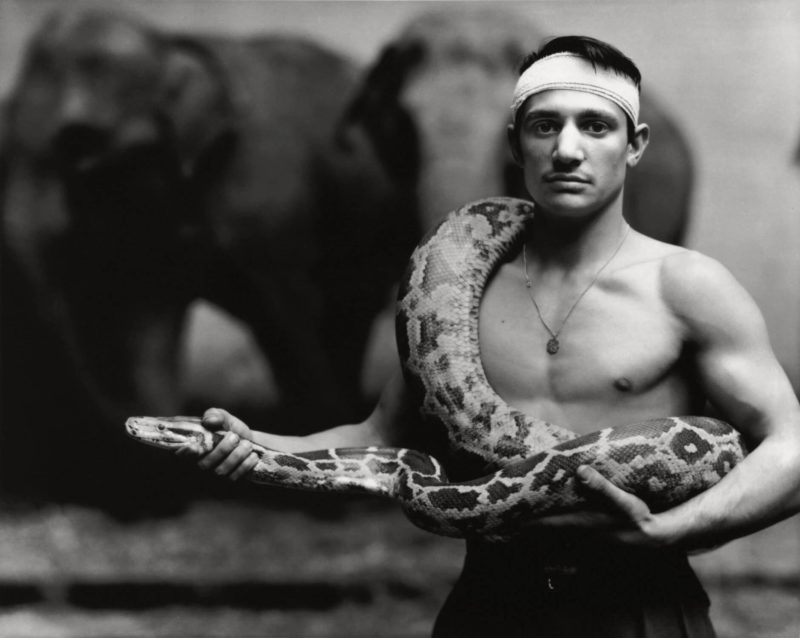
Style
In traditional studio fashion photographs, the subjects posed emotionless and unresponsive. Avedon did not conform to this style. Instead, he showed his models in full emotion, laughing, smiling, and on any occasion, in action in outdoor surroundings, which at that time, was revolutionary.
At the end of the 1950s, Avedon became displeased with daylight photography and outdoor locations. Therefore, he shifted to studio photography, using strobe lighting.
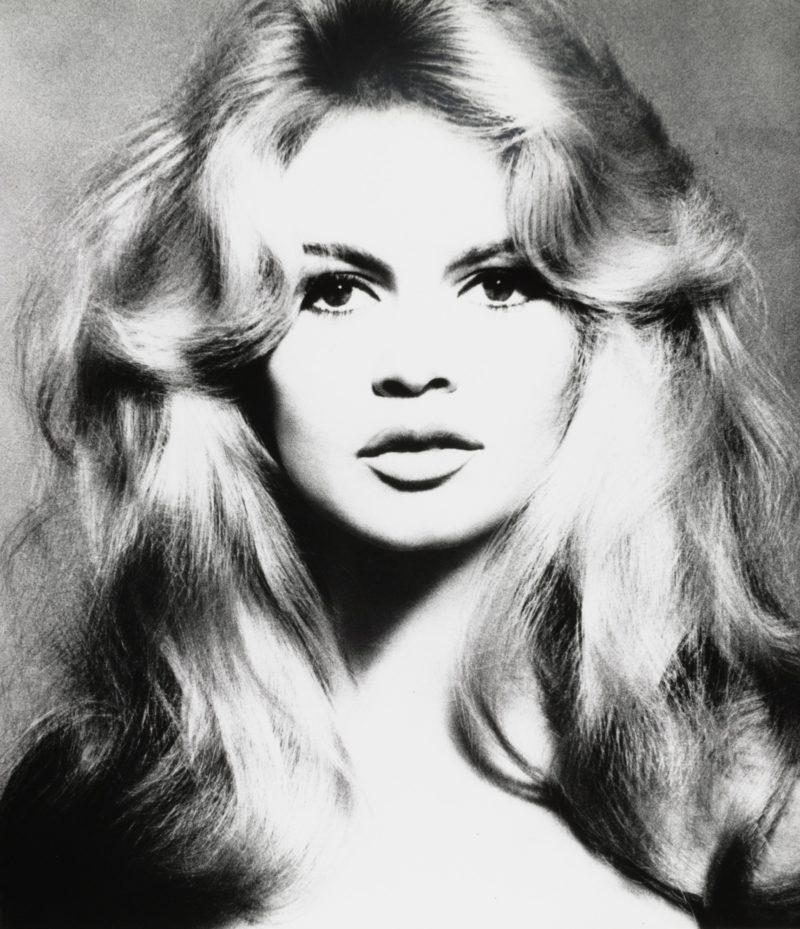
Video: Richard Avedon interview, 1993
54 min 32 sec
Beekeeper, 1981
Beekeeper, 1981
Richard Avedon’s most famous yet mostly unknown photograph was the 1981 Beekeeper. Ron Fischer, a beekeeper, responded to an ad in a national booking journal. The ad was looking for a man or a woman willing to be photographed by a “world-famous photographer with bees in his or her body.”
Richard Avedon himself actually placed the ad on the beekeeping journal. Fischer had always wanted to create a “bee beard.” In this, a swarm of bees gathers on an individual’s face, attracted by a confined queen bee worn like a charm around one’s neck. It sounds quirky, but “it’s just something you do when nothing is going on,” according to Fischer.
After reading the ad, Fischer sent a Polaroid of himself without bees to Richard Avedon. They scheduled to meet in Davis, California, close to the home of Norman E. Gary, an entomologist, who would also take part in the session. They assembled at a tomato farm where Avedon hanged draped a large sheet of white paper on the dark side of a barn. Nearby, there were about a quarter-million bees gathered inside a wire mesh “packages.”
The sight of the bees sent sheer down Fischer’s spine, despite being a beekeeper himself. In creating bee beards, they usually use 1 to 2-day old insects, which at that point still have not developed stingers. He stated 45:
As soon as I saw the packages, I realized those were adults. It bothered me, but I figured Gary knew what he was doing. He said not to worry.
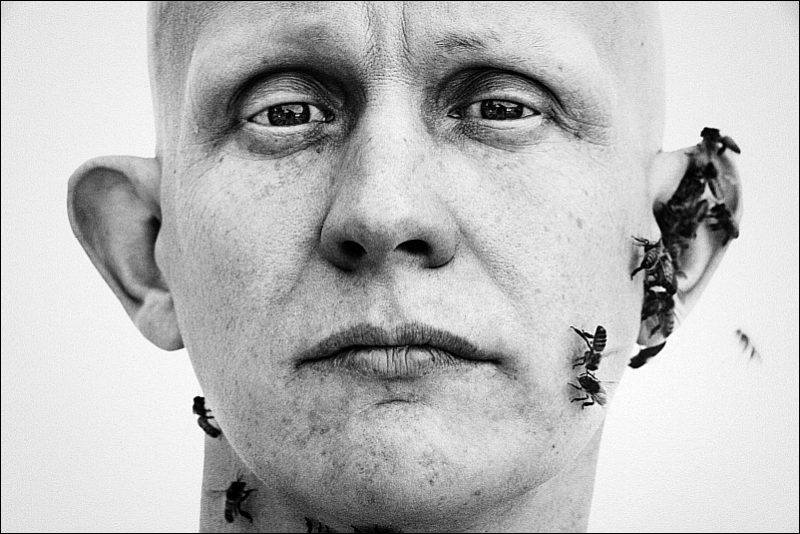
How the photo was made
To get the bees attracted to Fischer’s body, a queen bee pheromone was patted onto different spots of Fischer’s head and chest. Pheromone is an attractant for other bees.
Afterward, 200 feet, roughly 61 meters away, packages of bees were uncovered on the ground. The bees detected the pheromone and started to move towards Fischer, who still recalls watching the swarm of bees moving towards him. “They started forming a cloud over my head,” he stated 67. The bees did sting Fischer four times during the session, which lasted for an hour and a half.
Retrospective
Beekeeper, along with other 179 photographs by Avedon, is part of a retrospective show that spreads across his 60-year career. The other images mostly show famous people, including Marilyn Monroe and T.S. Eliot. Harry N. Abrams and The Metropolitan Museum of Art published a book titled Richard Avedon: Portraits, which features essays by Avedon and the show’s curator, Maria Morris Hambourg.
American West
This portrait, alongside others by Avedon in his American West project, is printed up to four feet tall. It’s typical of his works, with shinning white backgrounds, shadowless lighting, and a touch of emotional blankness.
Critism & Avedon’s reaction
The American West photographs were first published in 1985 and elicited many controversies. Many critics, though, praised the works’ expressiveness and renderings of rugged individualism. Others thought the photographs manipulated and even disparaged their subjects, more so those with physical disabilities.
Fred McDarrah wrote for Photo District News, saying 89:
This is a sick collection that expresses Avedon’s inner fears and terrifying nightmares.
But Avedon has been quoted saying 1011:
There is no such thing as inaccuracy in a photograph. All photographs are accurate. None of them is the truth.
Avedon’s statement didn’t do much to disarm his critics. They strongly objected to the presence of blackjack dealers, drifters, patients, as well as gravediggers in his American West project. But he understood too well the misty territory of truthful fiction, having himself worked in the world of magazine and advertising for so long.
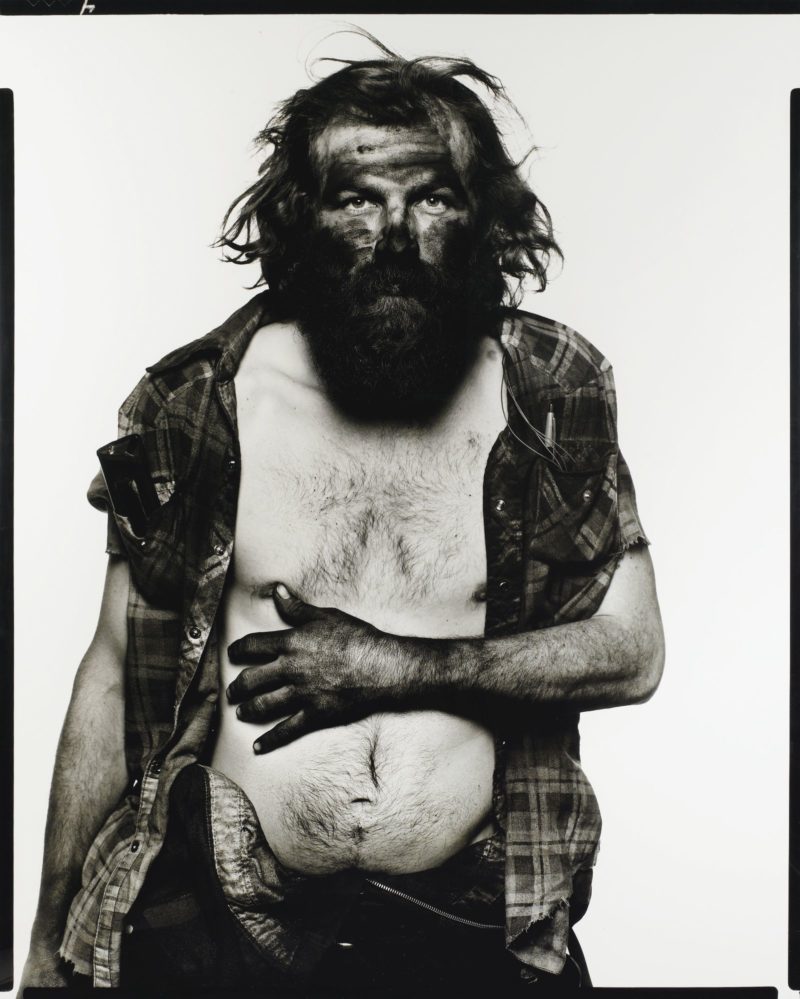
Fischer about photo
Fischer himself isn’t stung by the critics. He states 1213 about his portrait:
I like the picture. Obviously, it was staged; most beekeepers don’t wear their bees. But it’s still a natural picture – its natural bee behavior. I think those who were against Avedon before…are the ones who were most vocal about this picture when it comes out.
Fischer, who is still single and chooses not to reveal his age, sells his Vacant Acres honey at a farmers’ market in Oak Park at $2.75 per one-pound jar. He also displays a poster of this famous portrait and has been allowing customers to take a snap of it.
However, to Fischer’s relief, no one has ever asked him to take his shirt off. Twenty-one years later, Fischer has yet to tire of his apiarian fame, but he has never felt any urge to create another bee beard either.
Why American West was a turning point
Avedon made a turning point in his career when he started focusing on taking photographs of everyday working-class subjects, including soiled clothes miners, farmers, housewives, and drifters.
His project American West, which also included Beekeeper portrait, took place in the space of five years, concluding with a catalog and exhibition. This project enabled Avedon and his compatriots to photograph about 760 people and expose around 17,000 sheets of 8 x 10 Kodak Tri-X Pan films.
American West highlighted a story within his subjects for their deepest self. Avedon believes that this connection would not have otherwise happened if his sense of mortality through extreme heart conditions and aging hadn’t occurred. The photographer visited many state fair rodeos, coal mines, carnivals, oil fields, prisons, and slaughterhouses to find his subjects.
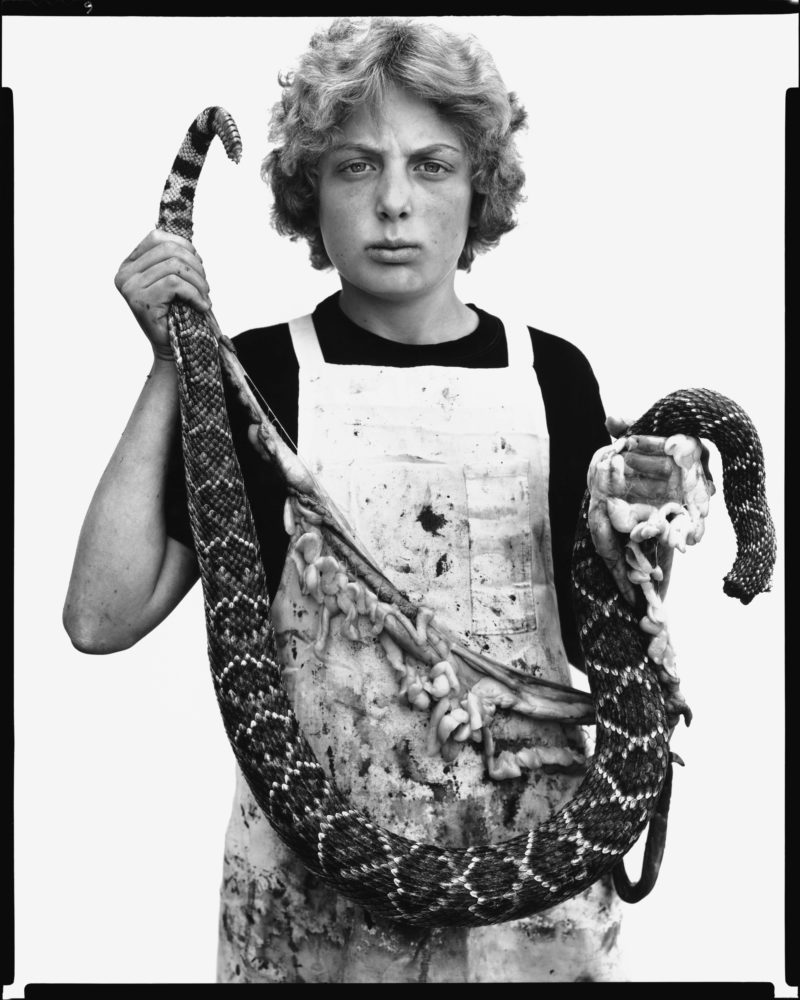
Video: Richard Avedon documentary: Darkness and Light
1 h 25 min
Recognition & Legacy
Major exhibitions
Recognition & Legacy
Major exhibitions
Avedon had several museum exhibitions across the world. His first successful retrospective was at the Minneapolis Institute of Arts in 1970. He also presented the only two solo exhibitions in his lifetime at the Metropolitan Museum of Art in New York in 1978 and 2002.
Another retrospective was organized in 1980 by the University Art Museum in Berkeley. Other major retrospectives were shown at the Whitney Museum of American Art, New York, in 1994, and at the Louisiana Museum of Modern Art in Humlebaek, Denmark, in 2007, which later traveled to Milan, Berlin, Paris, San Francisco, and Amsterdam through 2009.
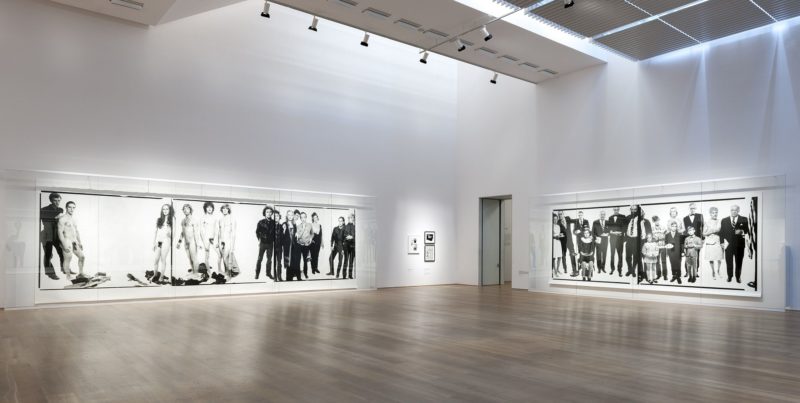
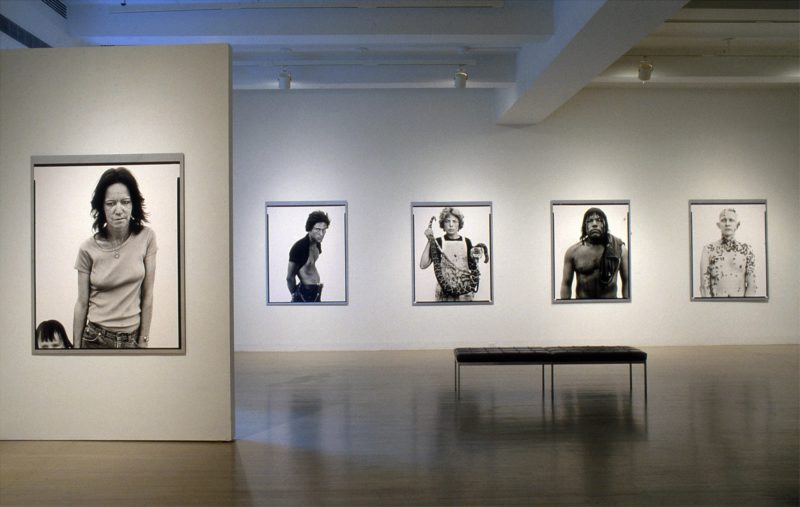
Art market success
In 2010, one of Avedon’s pieces sold for a record price of $719,000 at Christie’s. In this unique seven-foot-high print, Dovima posed in a Christian Dior evening dress with elephants from Cirque d’Hiver, Paris, in 1955.
This work, which was also his largest, was created in 1978 for his fashion retrospective at the Metropolitan Museum of Art in New York and was sold to Maison Christian Dior.
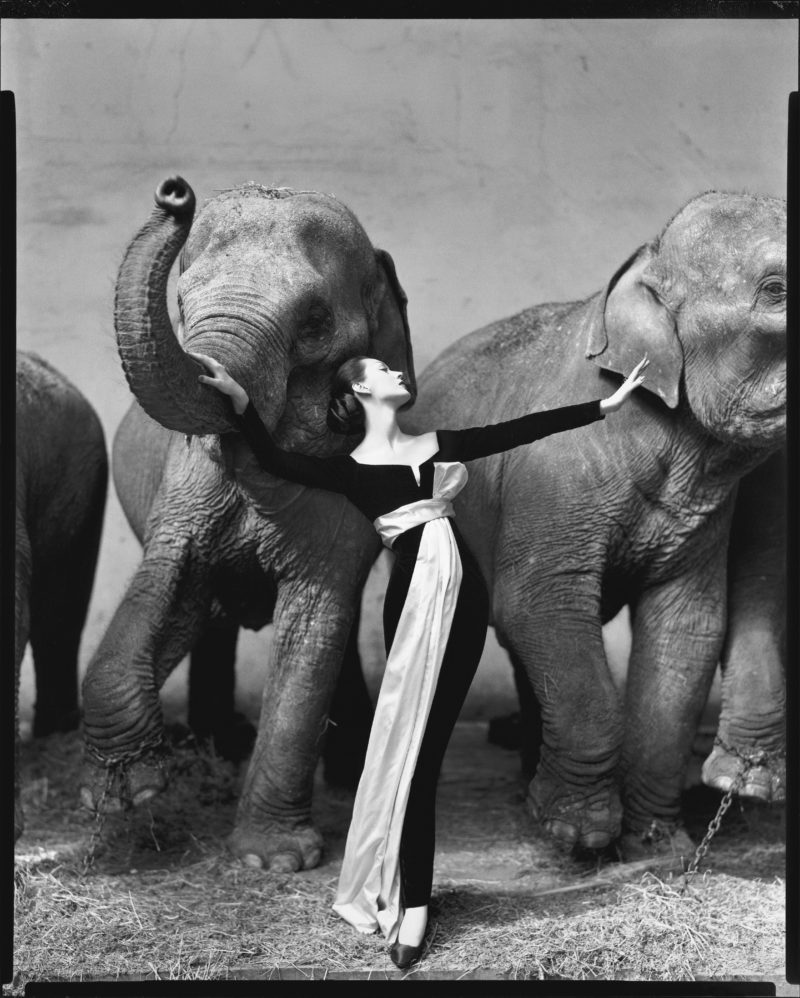
Accolades
Throughout his life, Avedon received numerous awards, including the Lifetime Achievement Award from the Council of Fashion Designers of America, Honorary graduate degree from the Royal College of Art both in 1989, Royal Photographic Society 150th Anniversary Medal in 2003, National Arts Award for Lifetime Achievement also in 2003, and Kitty Carlisle Hart Award, Arts $ Business Council, New York in 2003.
Richard Avedon Foundation
His legacy, among many others, is the Richard Avedon Foundation, a private running foundation organized by Richard Avedon during his lifetime. The foundation began to operate shortly after he passed in 2004. It is based in New York and houses Avedon’s photographs, publications, negatives, papers, and archival materials.
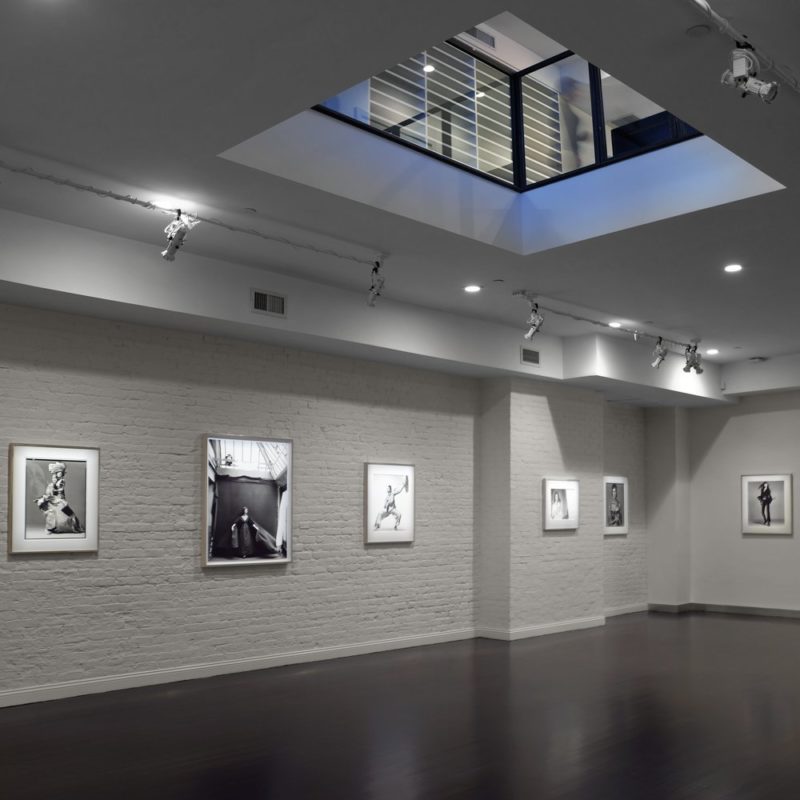
In 2006, his private art collection was exhibited at the Pace/MacGill Gallery in New York and San Francisco’s Fraenkel Gallery and later was auctioned to benefit his foundation. The collection features photographs by Edward Steichen, Martin Munkacsi, and Man Ray, among many other photographers.
